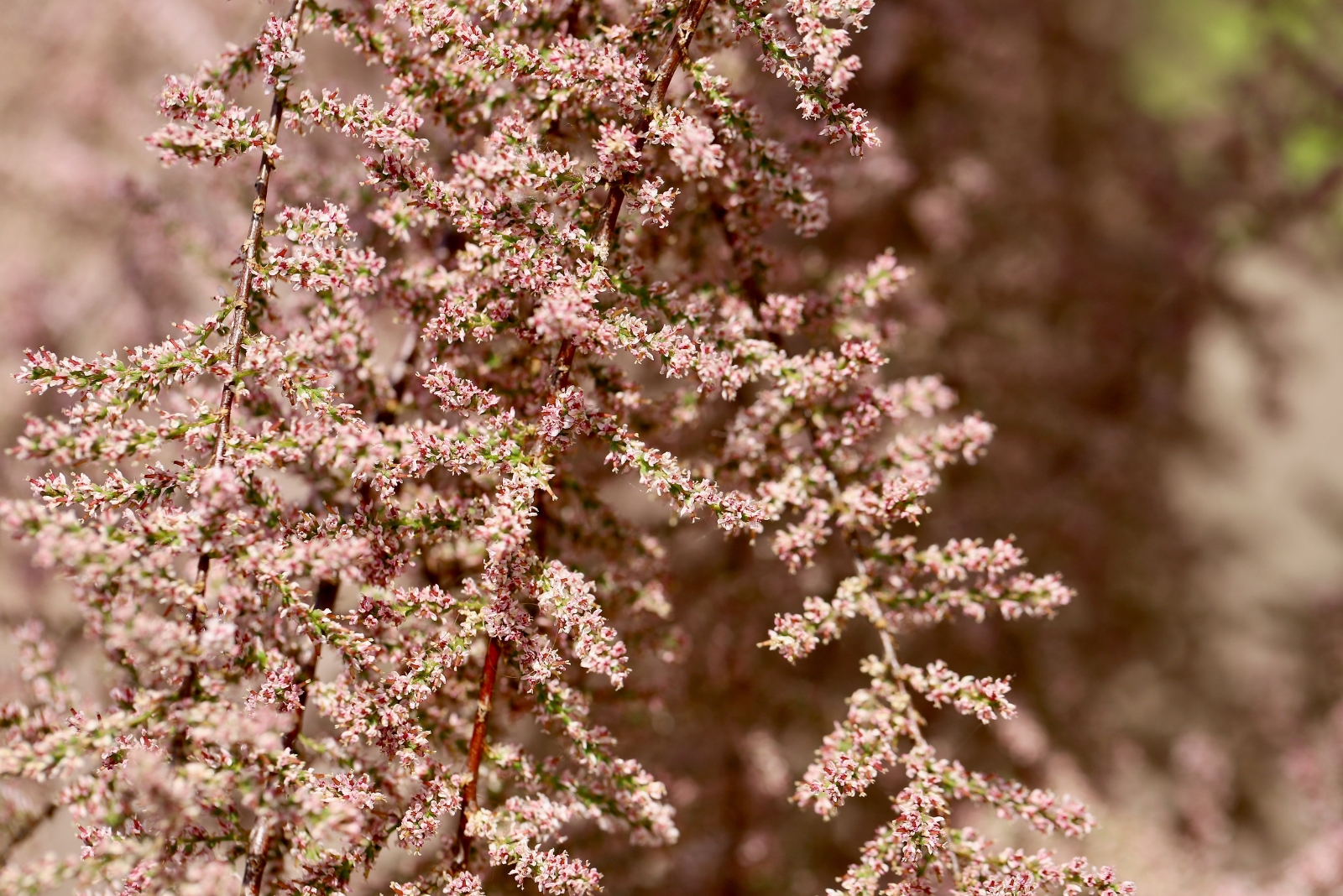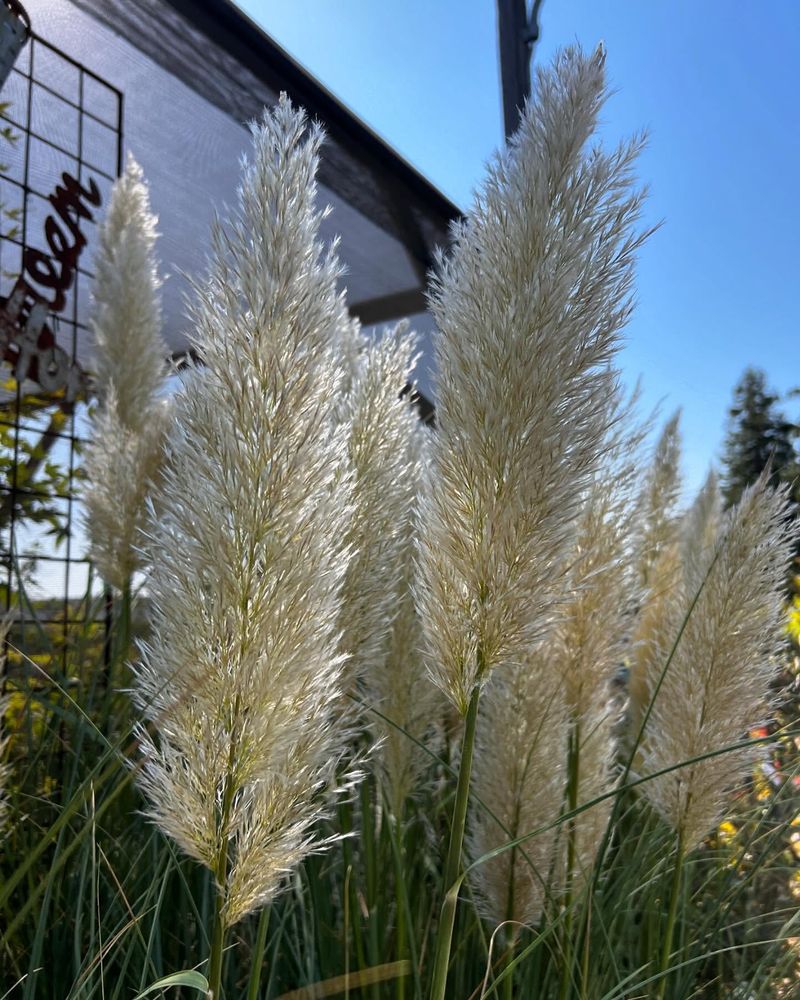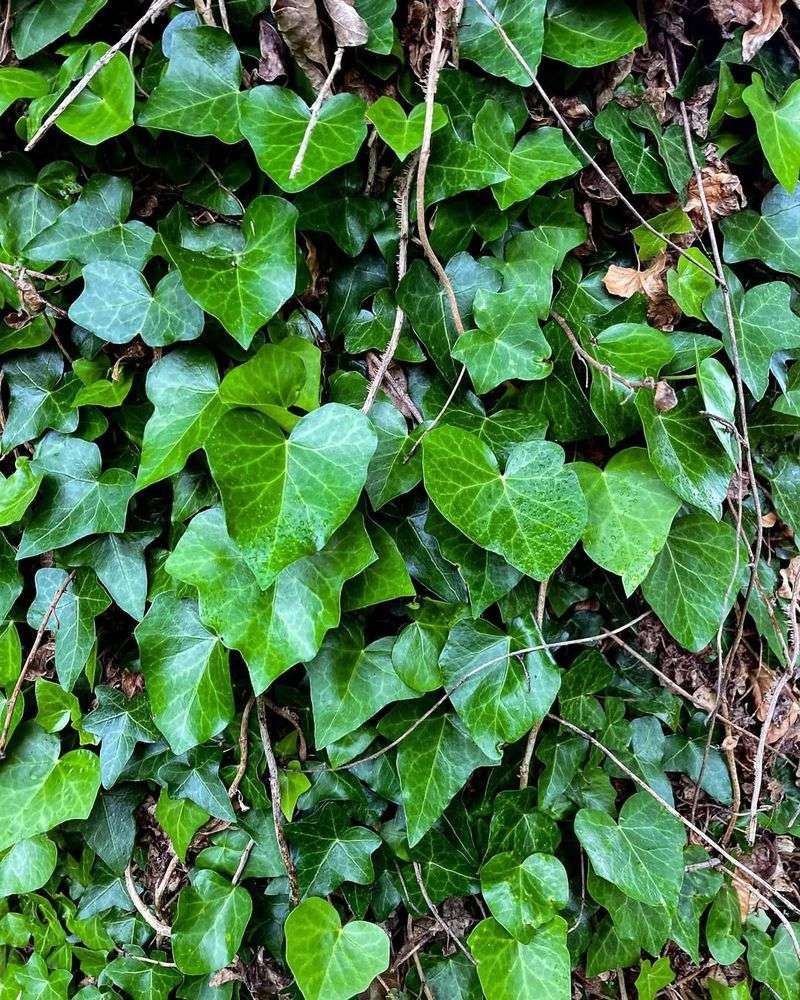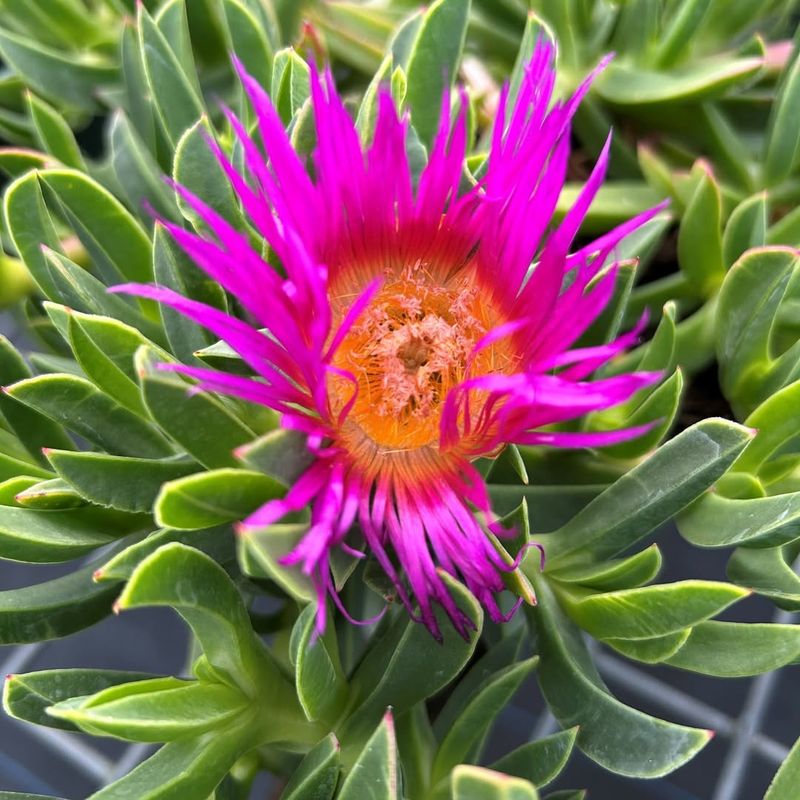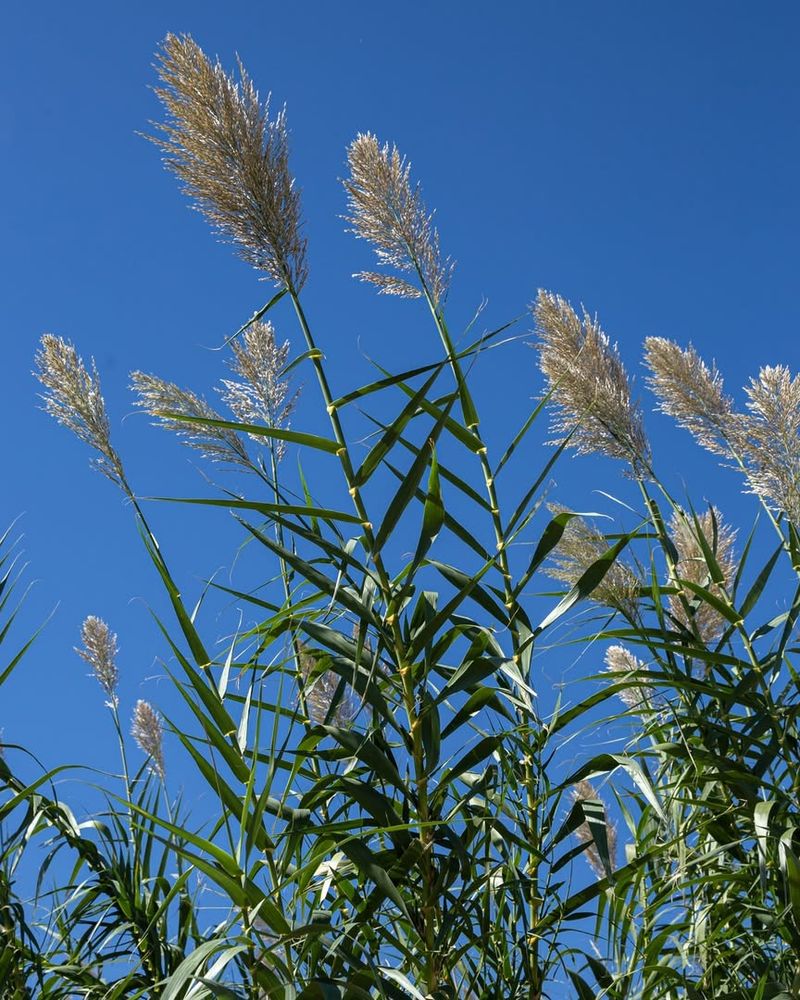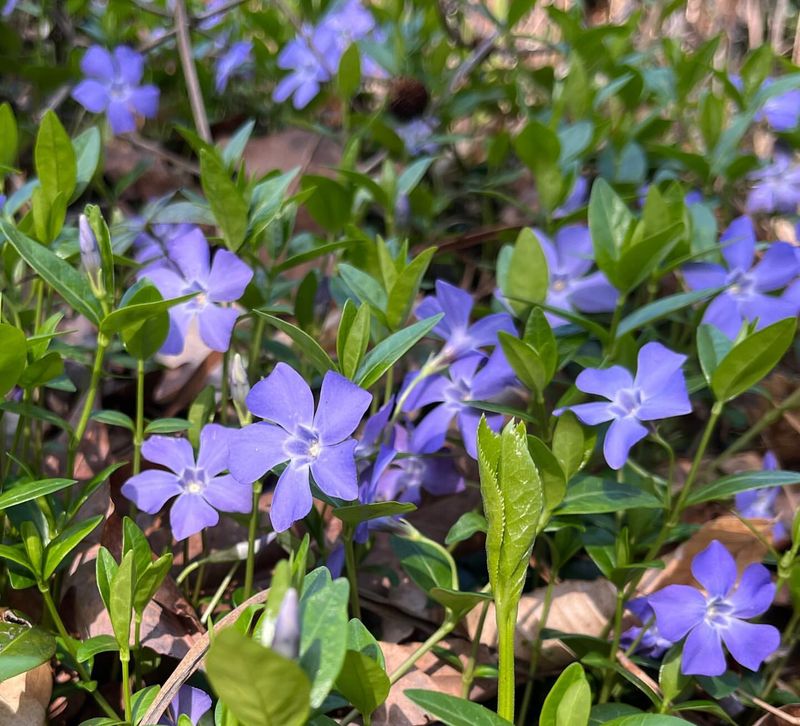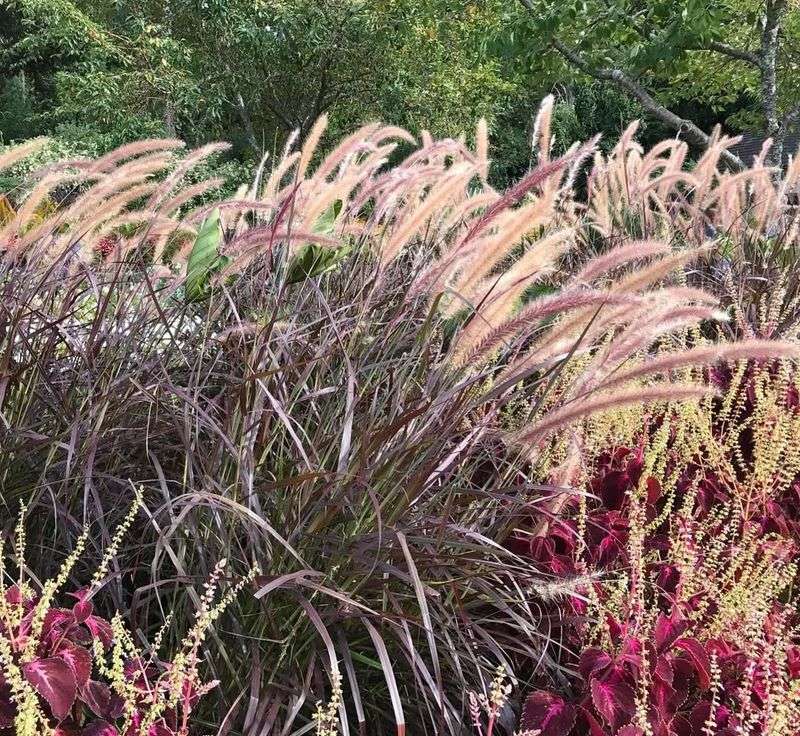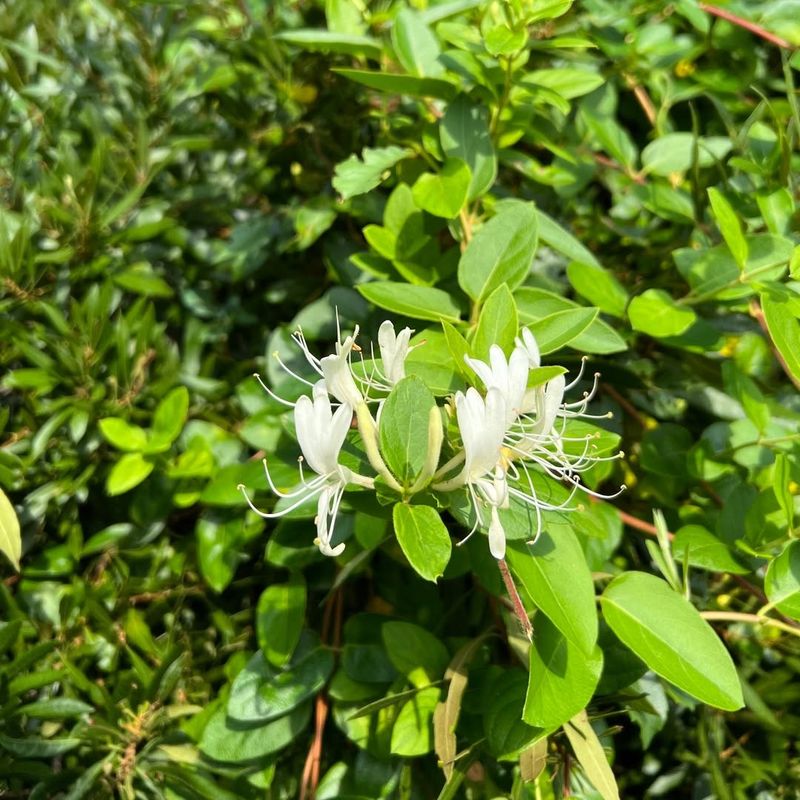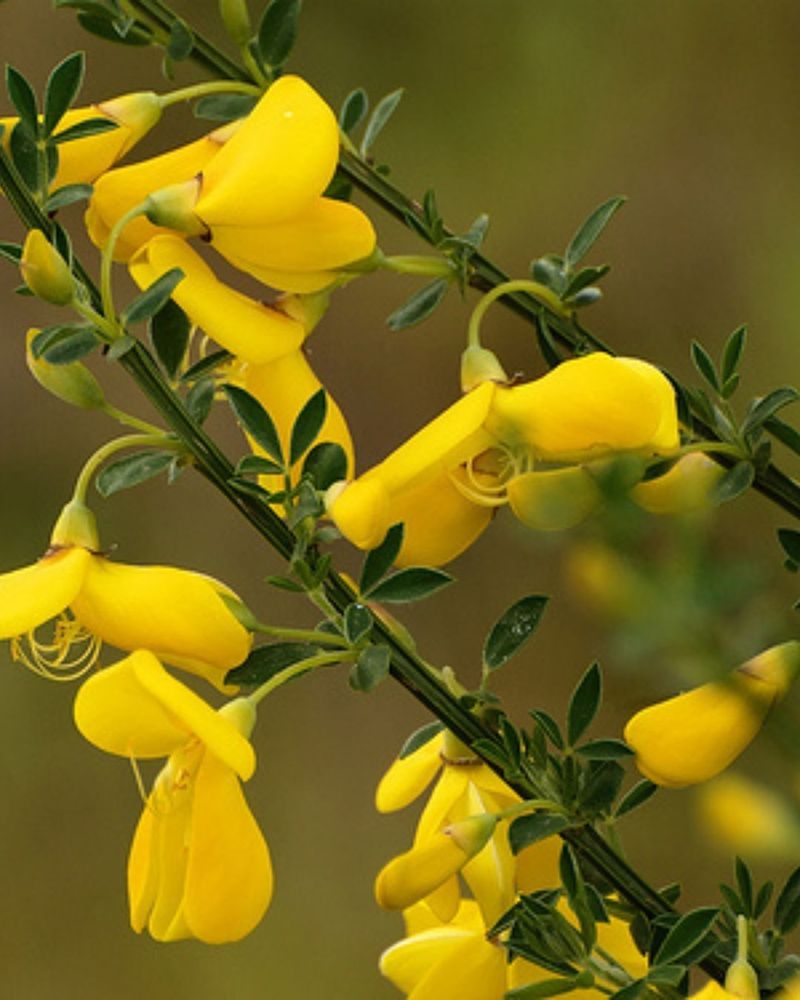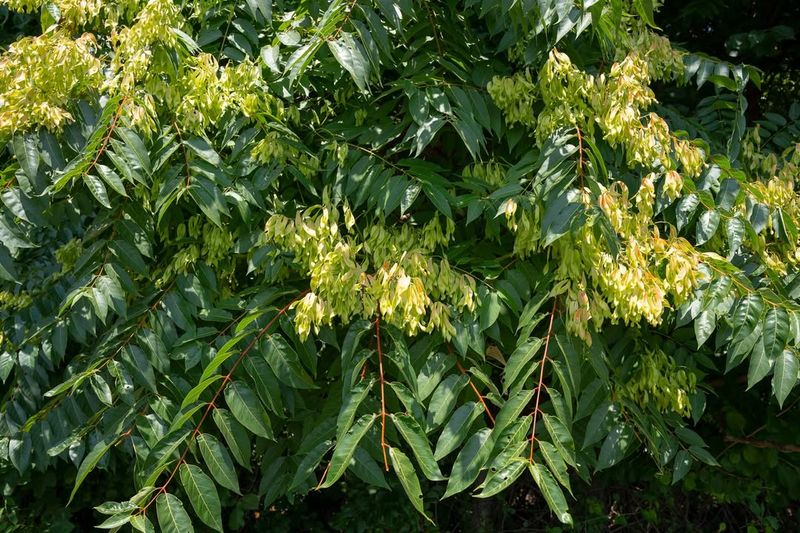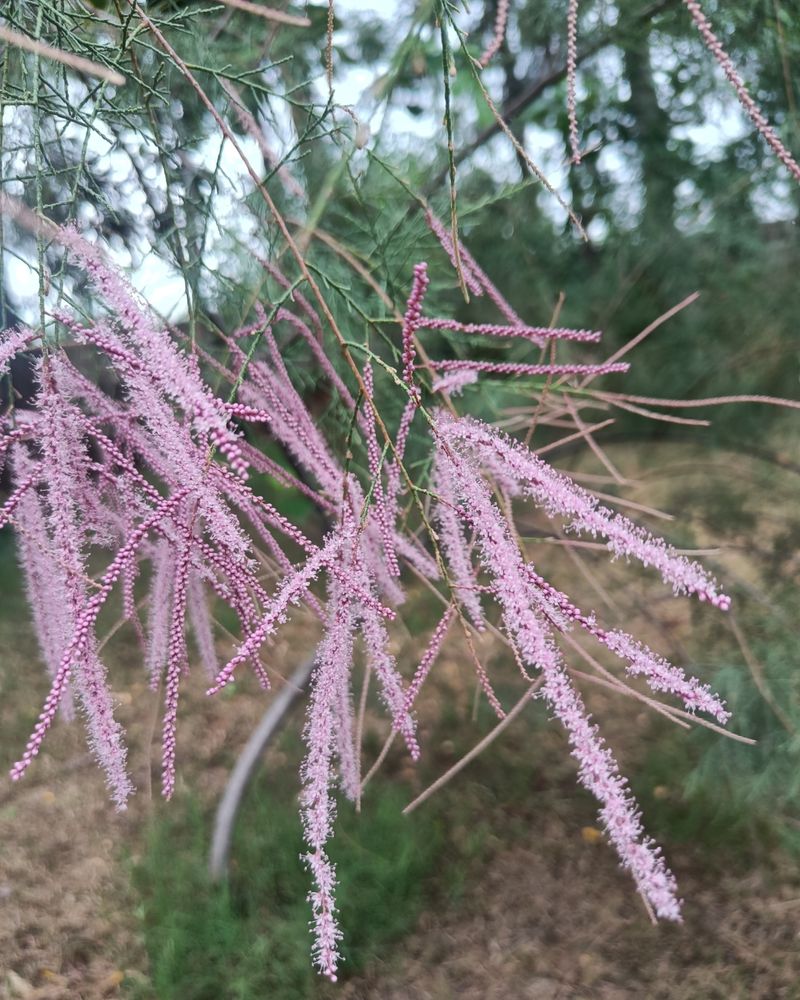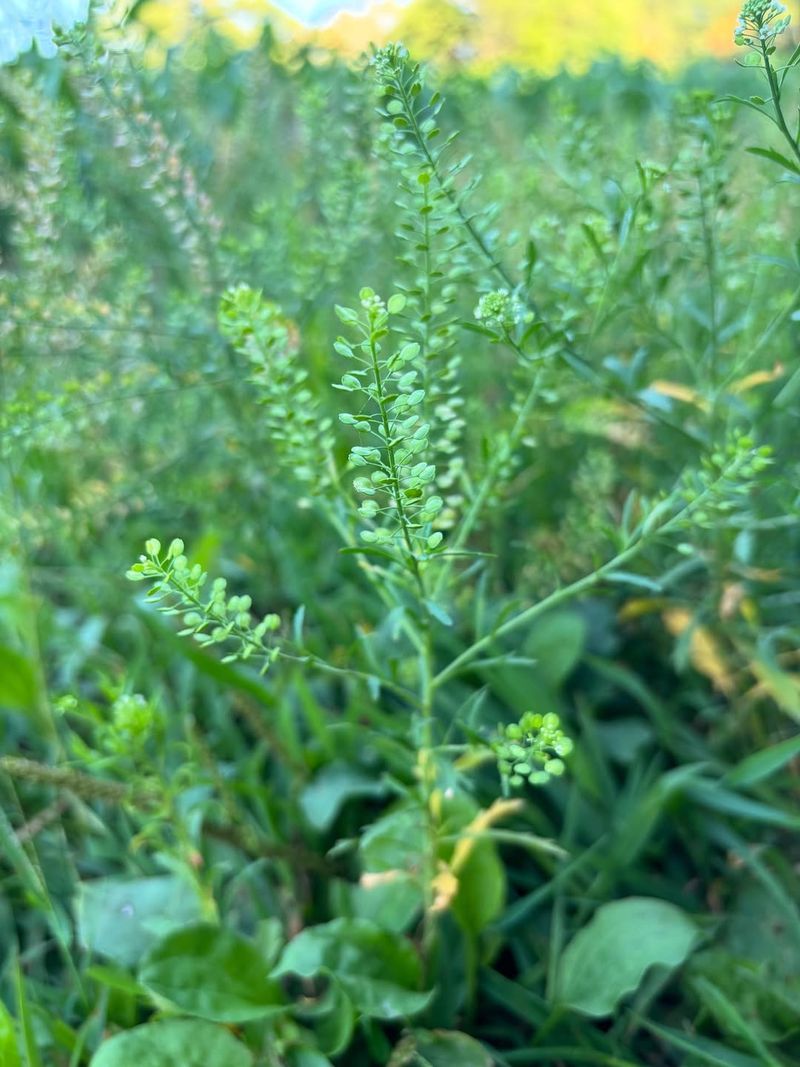California gardens are beautiful, but some popular plants are causing serious problems for local ecosystems. Invasive species spread quickly, crowding out native plants and harming wildlife that depends on them.
Many suburbs across the state are now considering bans on certain ornamental plants that have become environmental troublemakers.
1. Pampas Grass
With its towering white plumes waving in the breeze, pampas grass might look elegant, but it’s a nightmare for California’s wild spaces. Each plant produces millions of seeds that travel on the wind for miles.
Once established in natural areas, it forms dense stands that block native vegetation. The sharp-edged leaves can cut skin and eyes, making it dangerous for wildlife and people alike. Fire danger increases dramatically where pampas grass grows thick and tall.
2. English Ivy
Climbing up trees and blanketing the ground, English ivy seems charming at first glance. However, this aggressive vine weighs down branches and blocks sunlight from reaching tree bark, weakening and eventually killing host trees.
It spreads rapidly through underground roots and stem fragments. Birds eat the berries and deposit seeds far from the original planting site. Removing established ivy requires years of persistent effort and careful monitoring.
3. Ice Plant
Brilliant pink and purple blooms make ice plant a popular choice for erosion control and landscaping. Unfortunately, this South African native outcompetes California’s delicate coastal plants.
Dense mats of ice plant change soil chemistry, making it harder for native species to return even after removal. The succulent leaves contain salt that accumulates in the soil over time. Coastal dunes and bluffs suffer the most damage from this seemingly harmless groundcover.
4. Giant Reed
Towering up to 30 feet tall, giant reed looks like bamboo but causes far more problems along California waterways. It guzzles precious water resources while providing poor habitat for native wildlife.
The dense stands increase fire risk and block access to streams and rivers. Root systems stabilize soil poorly compared to native plants, actually increasing erosion during floods. Fragments break off and float downstream, starting new colonies wherever they land.
5. Periwinkle
Those cheerful purple flowers hiding in the shade might seem innocent, but periwinkle is a relentless spreader. Originally planted as a low-maintenance groundcover, it escapes gardens and invades forest floors.
The trailing stems root wherever they touch soil, forming thick carpets that smother native wildflowers and ferns. Even tiny stem pieces left behind after removal can regenerate into new plants. Shaded creeks and woodland areas face the greatest threat from this persistent invader.
6. Fountain Grass
Graceful arching stems topped with fuzzy pink plumes make fountain grass a landscaping favorite. Each plant pumps out thousands of seeds that germinate readily in disturbed soils and natural areas.
It thrives in California’s dry climate, outcompeting native grasses that wildlife depends on for food and shelter. The plants also cure into extremely flammable fuel during summer months. Removing seed heads before they mature helps prevent spread but requires constant vigilance throughout the growing season.
7. Japanese Honeysuckle
Sweet-smelling flowers and rapid growth made Japanese honeysuckle a popular choice for covering fences and arbors. This vigorous vine doesn’t know when to stop, though.
It climbs over shrubs and small trees, blocking sunlight and causing them to die back or collapse under the weight. Underground runners and seeds spread the plant into wild areas where it forms impenetrable thickets. Native pollinators often ignore the flowers, making it an ecological dead-end despite its abundant blooms.
8. Scotch Broom
Bright yellow flowers cover these shrubs in spring, creating stunning roadside displays. Behind that beauty lurks an aggressive invader that transforms entire hillsides.
Each plant produces thousands of seeds that remain viable in soil for decades. The shrubs fix nitrogen, changing soil chemistry in ways that favor more invasive species over natives. Extremely flammable oils in the stems and leaves create dangerous fire conditions. Controlling established populations requires years of repeated cutting, herbicide application, and monitoring.
9. Tree Of Heaven
Despite its heavenly name, this fast-growing tree is pure trouble for California landscapes. Root systems produce chemicals that poison surrounding plants, creating bare zones where nothing else can grow.
Suckers emerge from roots far from the parent tree, and broken roots sprout new trees readily. The wood is weak and breaks easily in storms. Female trees produce massive quantities of wind-dispersed seeds. Even small infestations can quickly become overwhelming without immediate action.
10. Tamarisk
Feathery foliage and pink flowers give tamarisk a delicate appearance that belies its tough nature. Along California’s desert waterways, it forms dense thickets that consume enormous amounts of water.
Salt secreted through leaf glands accumulates in soil, preventing native plants from returning. Birds nest in tamarisk, but the habitat quality is poor compared to native willows and cottonwoods. Deep taproots make removal extremely difficult. Biocontrol beetles show promise but work slowly to reduce established populations.
11. Perennial Pepperweed
Small white flowers arranged in clusters might not look threatening, but perennial pepperweed is conquering California wetlands at an alarming rate. Underground stems spread horizontally, with each fragment capable of starting a new colony.
Dense stands exclude all other vegetation, eliminating food sources for waterfowl and other wildlife. The plants tolerate both flooding and drought, making them nearly impossible to stress. Chemical control requires multiple treatments over several years to exhaust the extensive root system completely.

